Renesas Electronics and Sequans Communications jointly announced that they will cooperate to develop IoT modules based on Sequans' Monarch LTE-M / NB-IoT platform.
The modules are designed to provide IoT companies with an integrated microcontroller (MCU) plus connectivity platform that streamlines and simplifies IoT system design for many applications, including smart city, smart home, and industrial IoT. The collaboration between the two companies includes providing support for multiple network providers worldwide.
The first Renesas module based on Sequans Monarch is expected to debut mid-Q4, to be followed by additional modules with added features such as Bluetooth® Low Energy (BLE) capabilities. The collaboration brings together the advanced LTE-M/NB-IoT technology of Sequans and the MCU leadership and marketing power of Renesas’ sales channels, accelerating the deployment of IoT solutions worldwide.
“Our partnership with Sequans will expand our cellular IoT module offerings with 4G/5G cellular connectivity,” said Roger Wendelken, Senior Vice President, Head of MCU Business, IoT and Infrastructure Business Unit at Renesas. “Sequans has been a leader in IoT connectivity technology for many years and their Monarch technology delivers not only the industry’s lowest power consumption, but also reliability and security. This collaboration enables us to offer a new suite of IoT modules alongside our MCUs, delivering the advanced capabilities that meet the application needs of our IoT customers.”
“One of the biggest inhibitors to IoT success is the high complexity and cost of system design,” said Georges Karam, Sequans CEO. “Our collaboration with Renesas alleviates this by providing a pre-integrated platform that saves IoT customers time and money, so they can focus on their IoT service offerings. We are very pleased about the value our partnership with Renesas creates.”
According to ABI Research, “Integration acts to simplify, providing a performance guarantee and saving time,” said Jamie Moss, research director, enabling platforms, M2M, IoT, and IoE. “Saving time saves money, as OEMs will have a lower bill of materials (BoM), and lower design and development costs. An integrated ‘cellular+MCU’ system will provide significant cost benefits for OEMs, as valuable work has already been done for them. Integration is the smart way to go about making smart devices.”

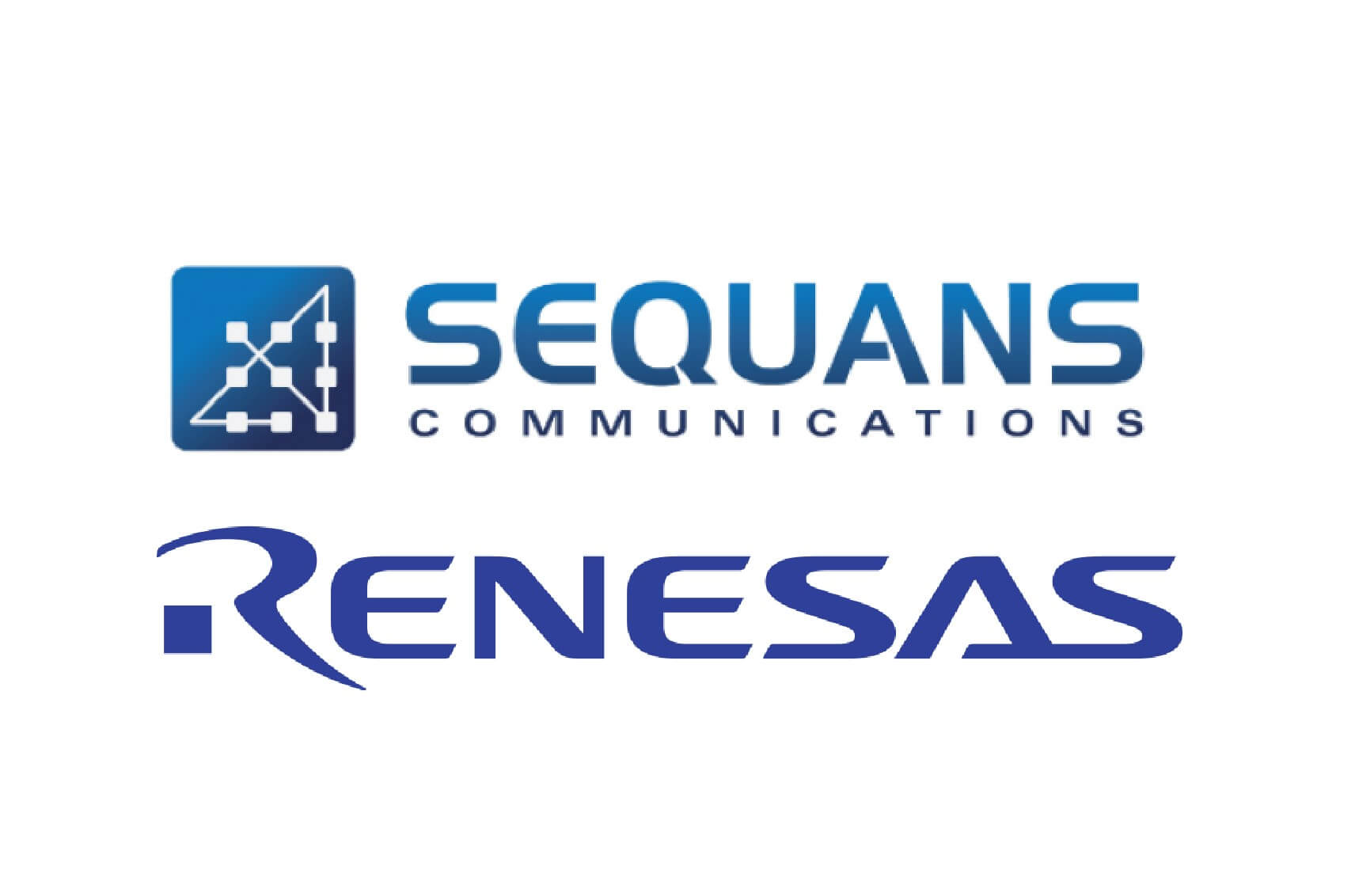






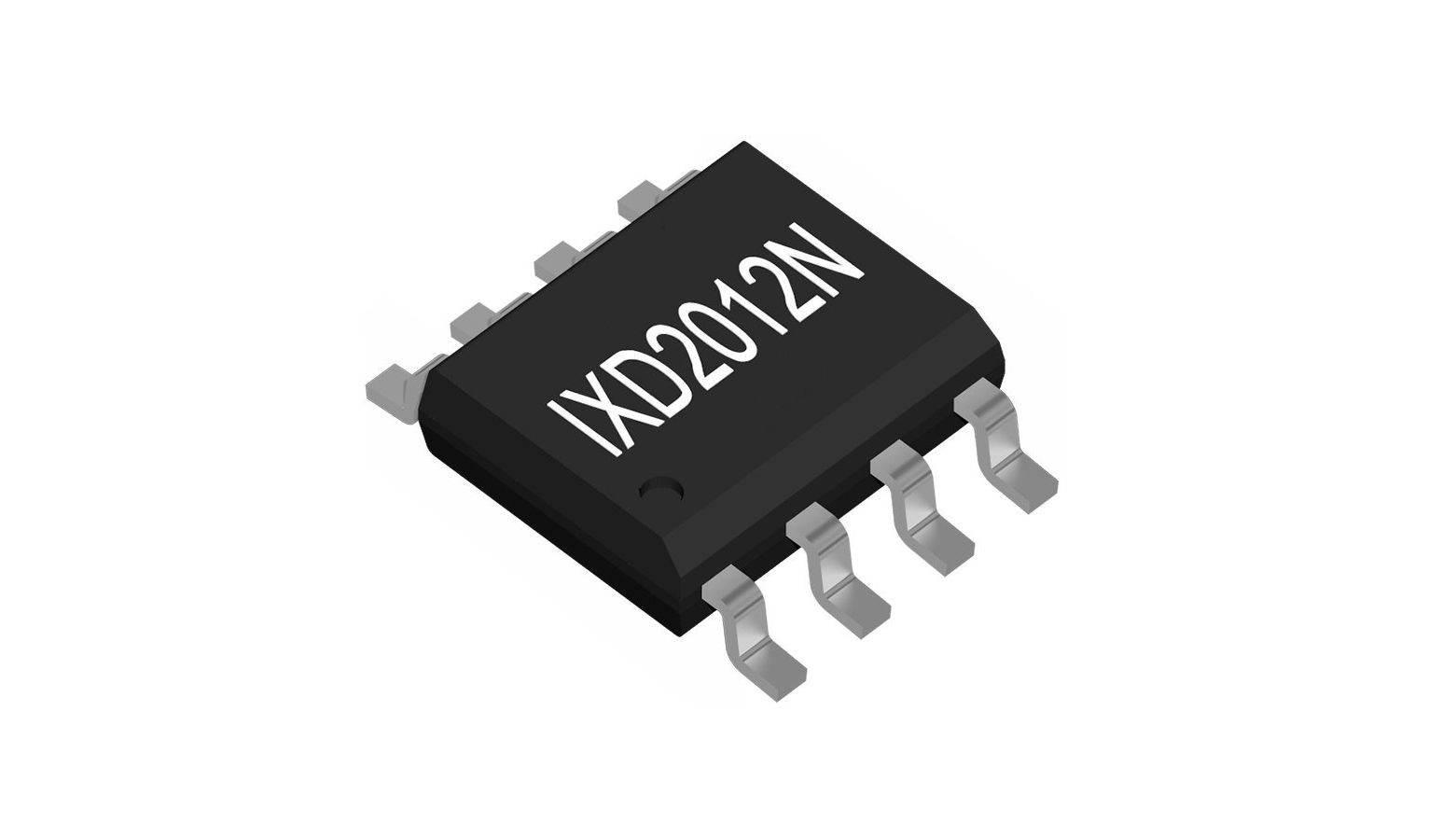
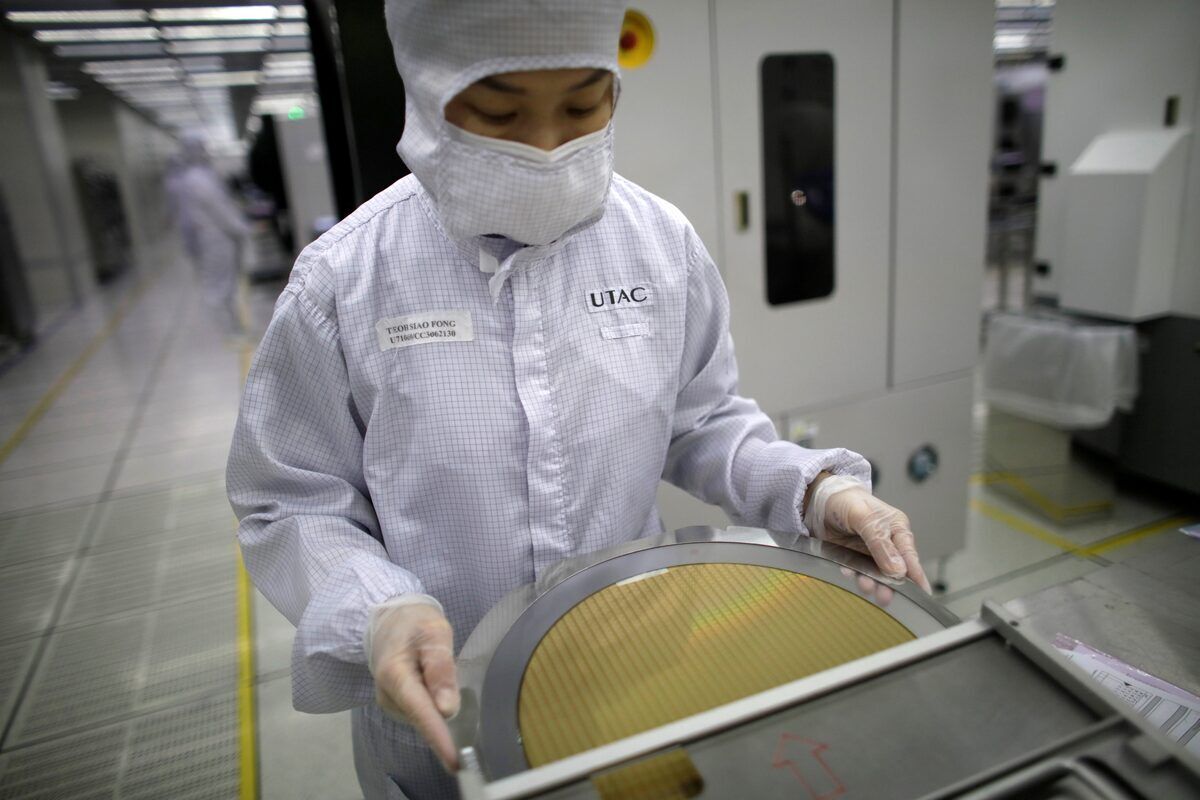
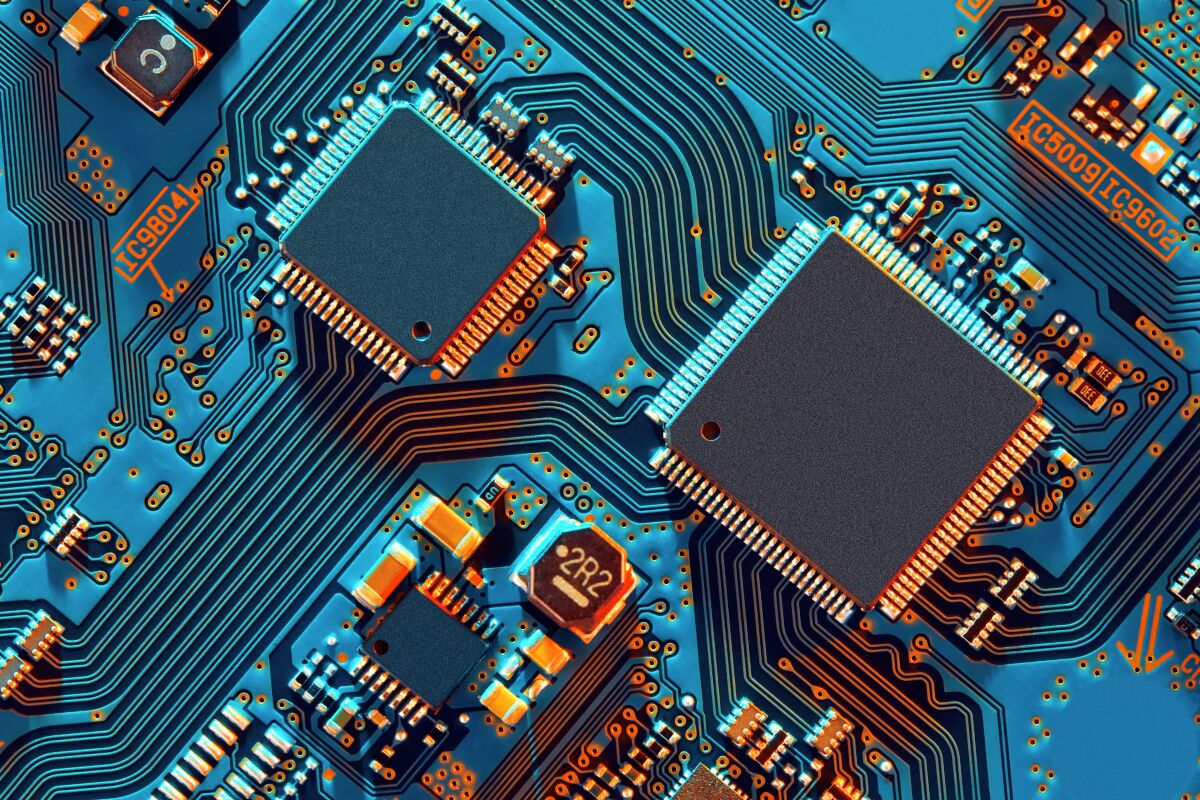
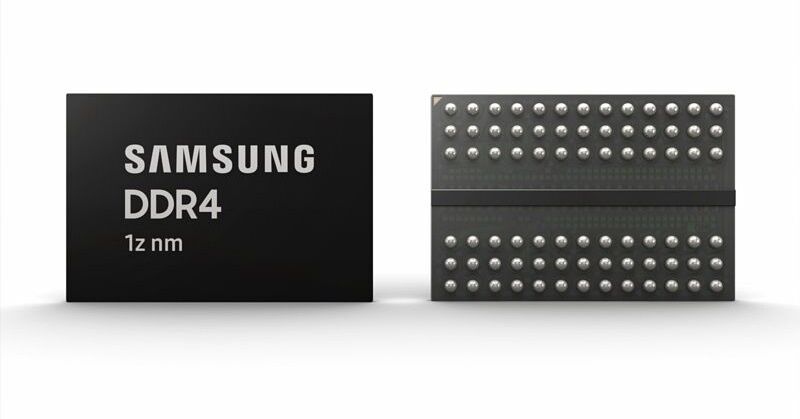
All Comments (0)